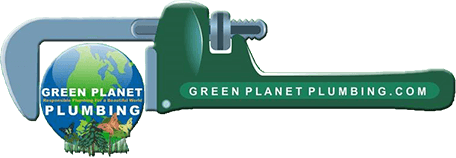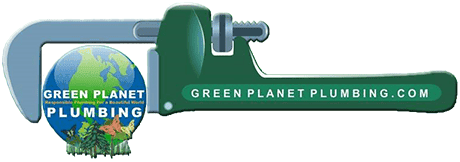Why Is Your Toilet Overflowing?
An overflowing toilet is the definition of a plumbing inconvenience, and if not taken care of correctly it can lead to huge disaster for your plumbing system. There are three main reasons a toilet will begin to over flow. Those reasons are a blocked vent pipe, an improperly placed too high filler float, or a clogged/blocked drain. If your toilet starts to overflow, you need to act fast to minimize the dirty water that ends up on your bathroom floor. Follow these step-by-step instructions below.
What To Do If Your Toilet Is Overflowing
Open your toilet tank and push down on the flapper to close it. The flapper is a circular rubber valve attached to a chain at the bottom of the tank. By closing it, you’ll cut off the flow of water into the toilet bowl.
Find your toilet’s water shut-off valve (outside the tank). It should be located near the base of your toilet by the wall. Turn the valve clockwise until the water shuts off. This will keep any additional water from entering your toilet.
Look back inside the tank and locate the float. It might look like a round or oblong rubber ball on a lever (if it’s a float ball) or a cylindrical, cuplike component (if it’s a float cup) with the longer, skinnier, cylindrical fill valve running through it.
Arrange the float so that it will stay in its current position. You may need to tie it or secure it with something. This will prevent any more water from filling the toilet tank.
How to Clean Up
If your toilet has overflowed, then you’ll probably have some clean-up to do afterward. Don’t delay this step, as toilet water from the bowl is highly unsanitary (unlike water from the tank, which you have not yet “used”).
Put on gloves, a mask, and eye protection to avoid infection from sewage bacteria.
Line a bucket with plastic and shovel any solid waste into it. You can transfer that waste to your garbage can outside afterward.
Soak up the water with towels. You’ll need to wash them with bleach and hot water afterward to sanitize them. If a lot of water has spread, you may want to use a wet/dry vacuum cleaner.
If carpeted bathmats have gotten dirty, it’s best just to throw them out and replace them.
If sewage water has soaked into your walls, furnishings, or carpeting, you’ll need to call a water damage restoration company. They can help you with the necessary restoration and sanitization to keep your home hygienic and safe.
Dealing With the Toilet
The most common culprit behind an overflowing toilet is a plumbing clog. While wearing gloves, try to clear the clog with a plunger. A flange plunger will work best. If you can’t remove the clog with a plunger, contact a plumber. They might need to cable to the clog loose or look for an obstruction in one of your vent pipes.
As a local plumbing company, we understand the importance of locating and resolving problems quickly. Call Green Planet Plumbing & Sewer, LLC in Seattle today for reliable drain cleaning services: (206) 207-7625.


